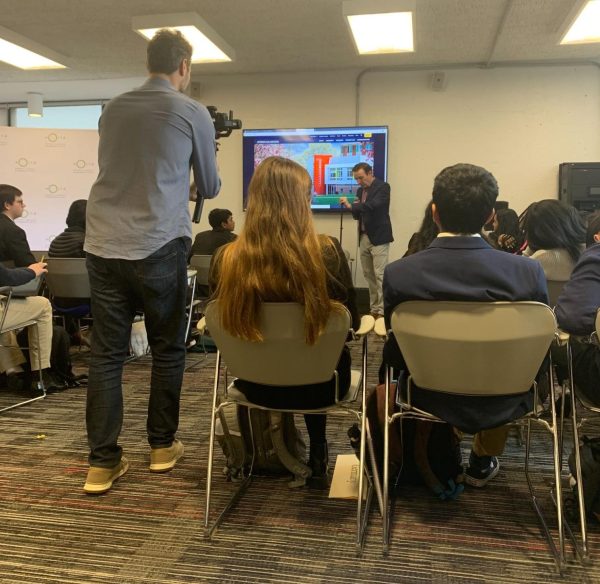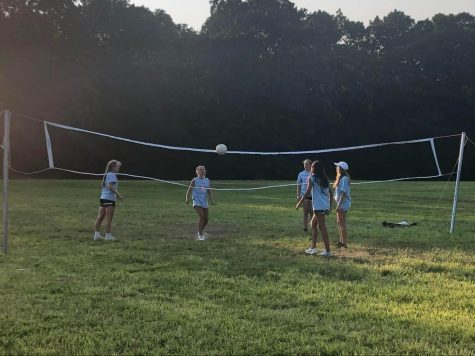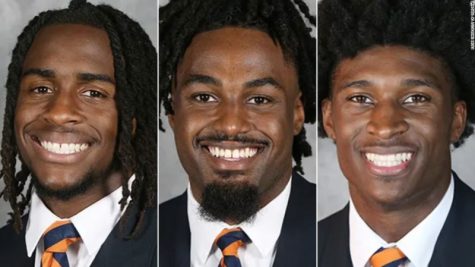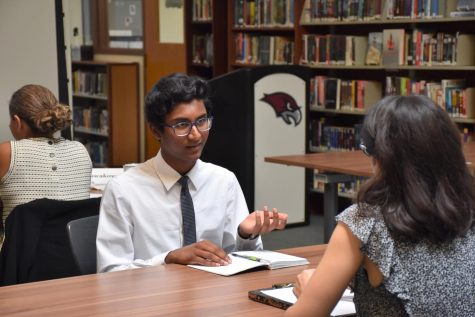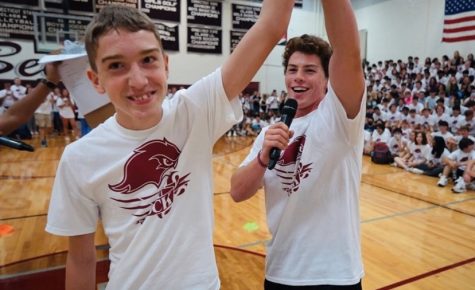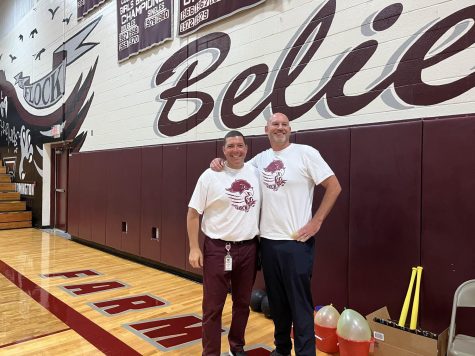The applicant pool: why have acceptance rates dropped by half for the class of 2027?
June 1, 2023
The Ivy League applicant pool has always been competitive and challenging for students with the most prestigious profiles. Well rounded citizens and highly academically achievable students still have a very minuscule chance of admission into the Ivys or other highly reputable schools such as Boston College or Rice University.
However, in 2023, incoming college students are facing an ever bigger challenge. All colleges and universities, not just the Ivy Leagues, are overwhelmed with applicants and rejecting students left and right. So what was different about the applicant pool this year? Why have so many college acceptance rates dropped drastically?
With the Covid-19 pandemic coming to a close, we can conclude that it greatly impacted public education, from the elementary level to collegiate level. According to BestColleges, undergraduate enrollment fell 4.4% in the fall of 2020. This includes a 13% drop in first-year enrollment. Two-year institutions experienced the greatest loss, with an 18.9% drop in first-year enrollment compared to fall 2019. So this trend allowed for over enrollment in colleges to protect their enrollment rates and ensure money is being put into the university through tuition. However, this over enrollment makes it difficult for admission of any new students now that Covid-19 is no longer a factor in society.
Additionally, there is a simpler explanation. Application rates are higher than ever, making it very difficult to weed out the most academically and socially qualified students to attend specific universities. Now that test optional score reports are permitted, admissions offices have to think deeply about who they can and cannot admit.

